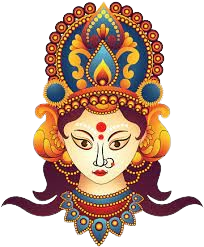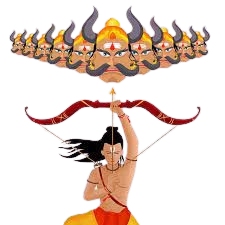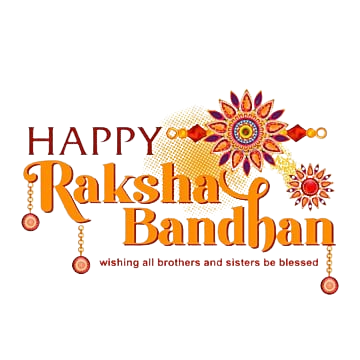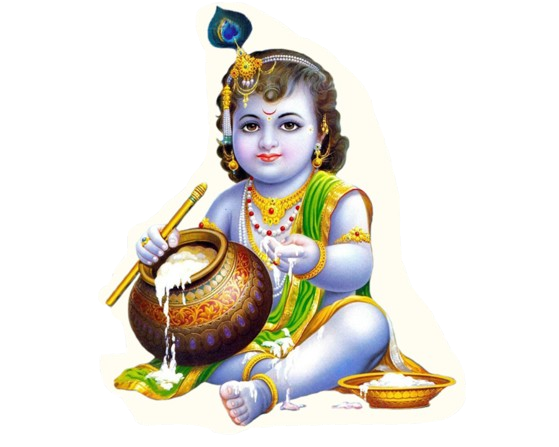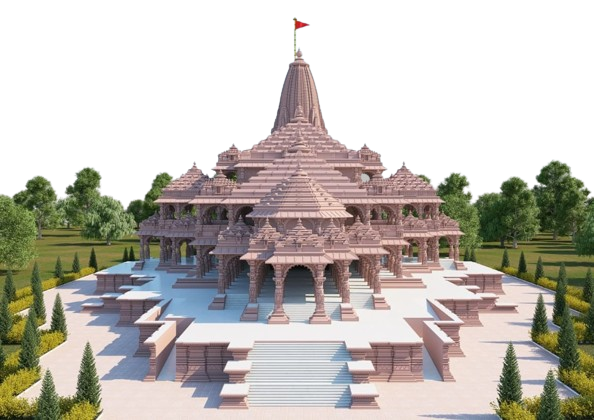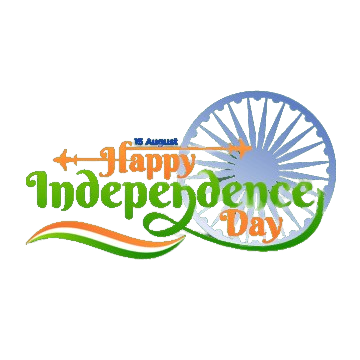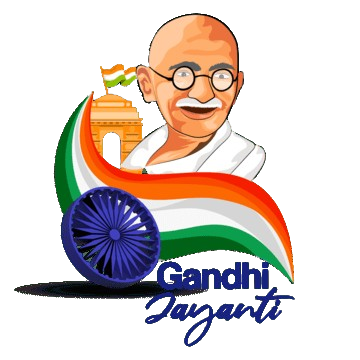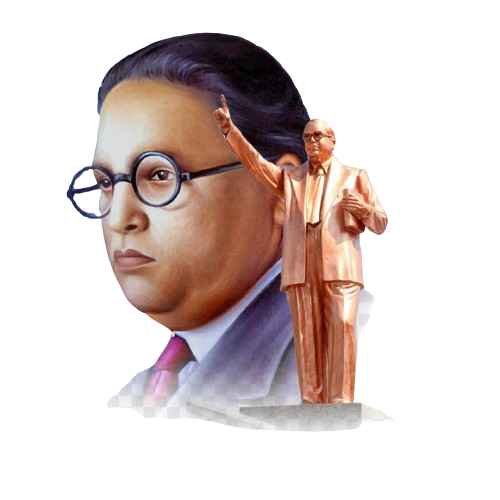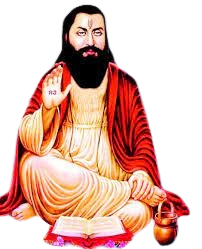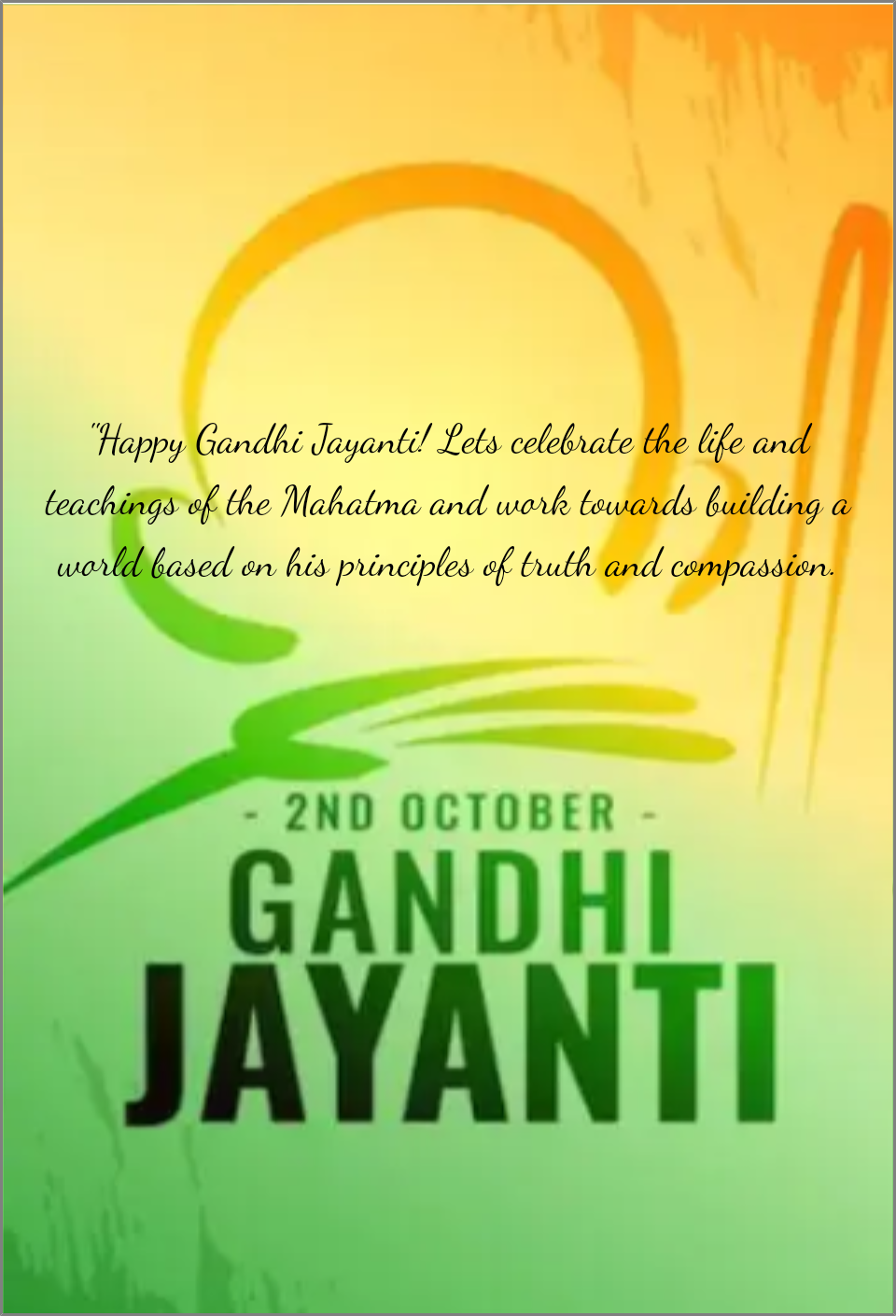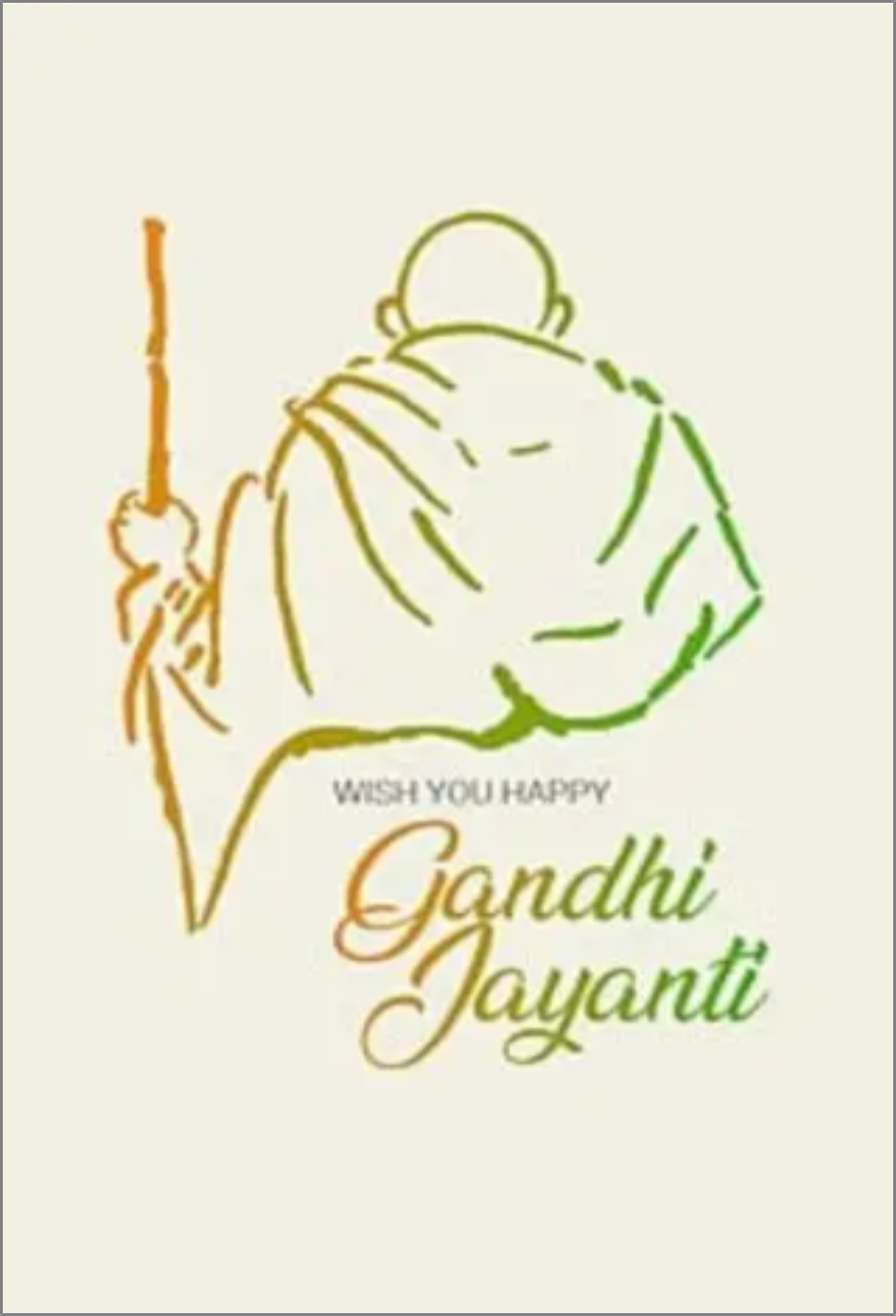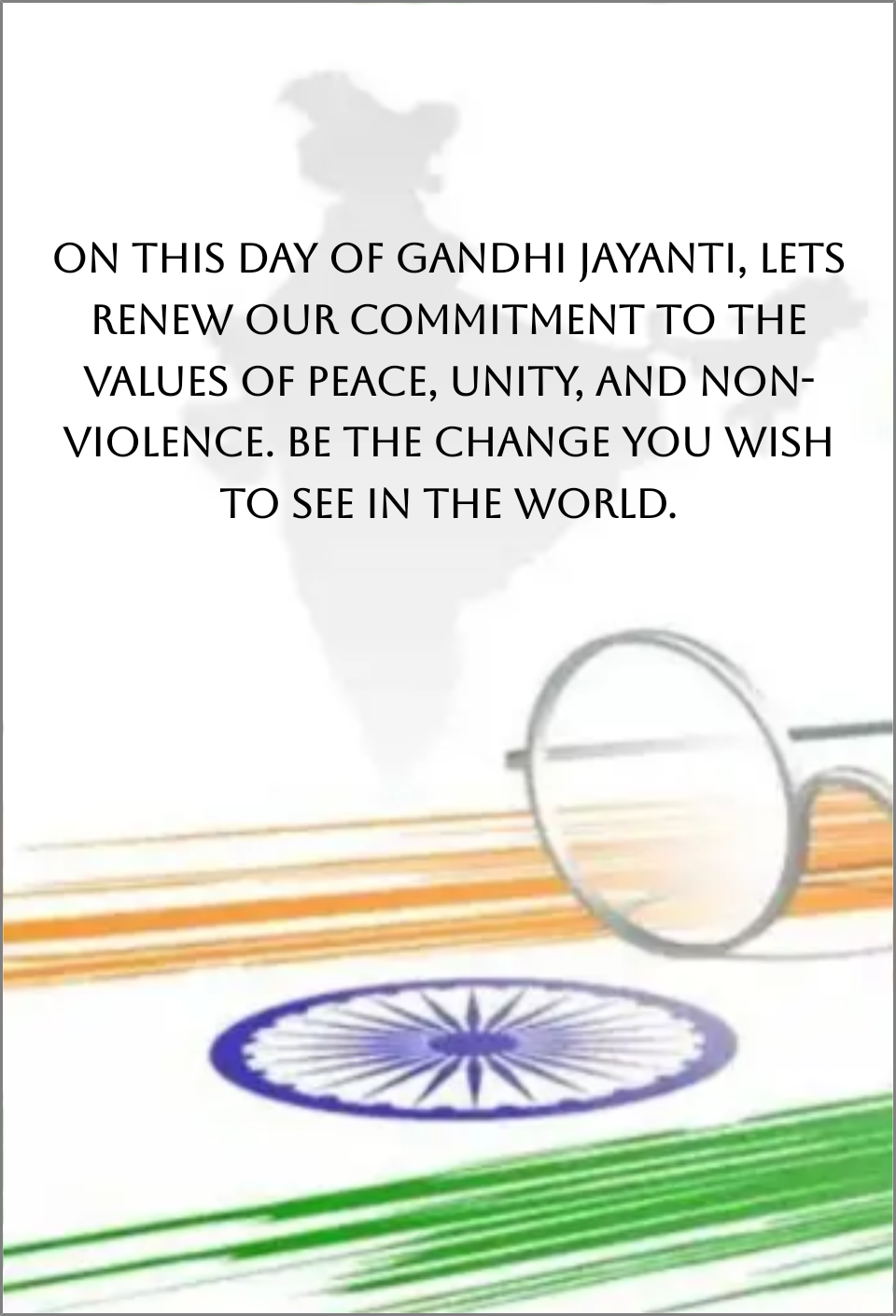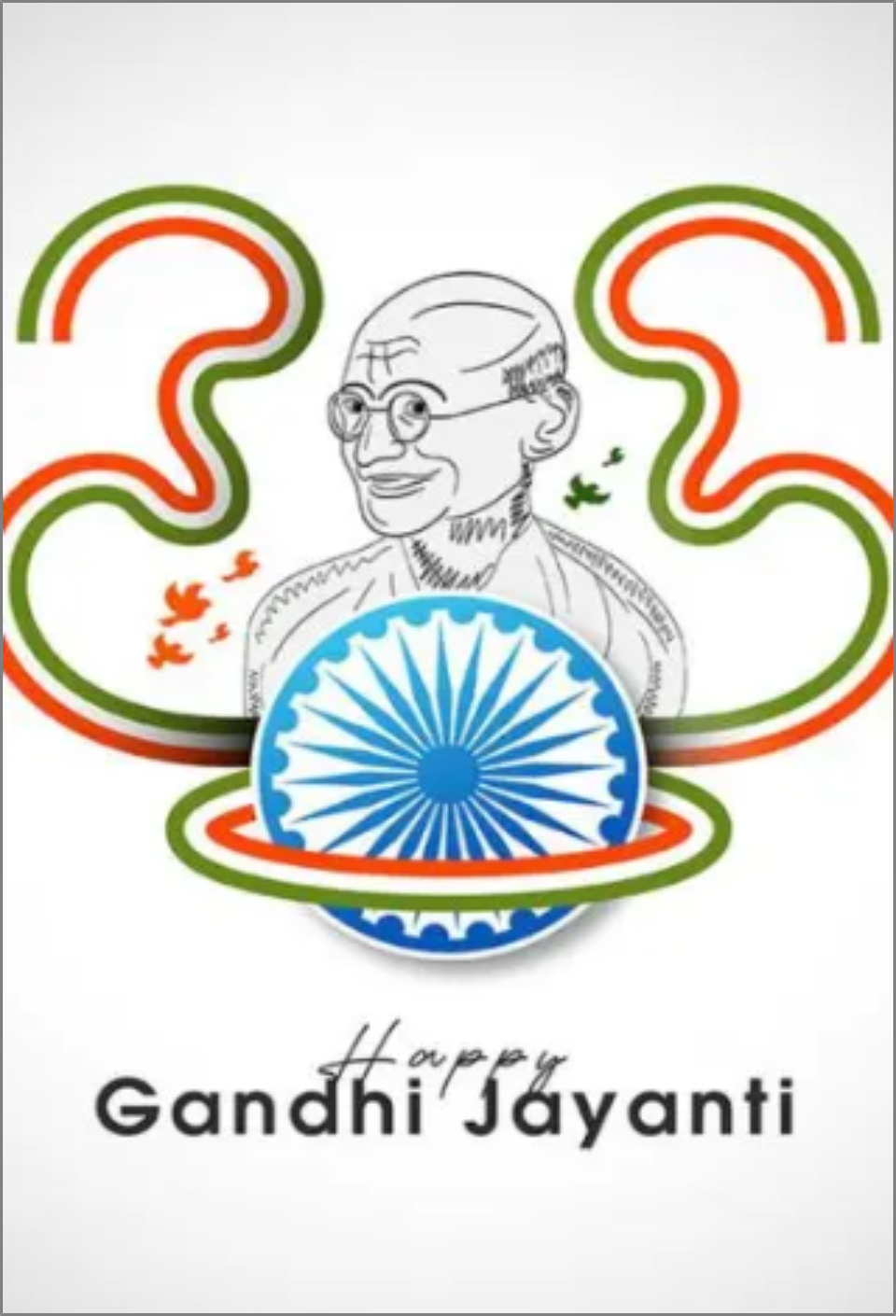Gandhi Jayanti: Celebrating the Father of the Nation, Mahatma Gandhi
Gandhi Jayanti, celebrated annually on October 2, is a national holiday in India that commemorates the birth of Mahatma Gandhi, the leader of India’s freedom struggle and a global symbol of peace and non-violence. This day is not only a tribute to Gandhi’s legacy but also an opportunity to reflect on his philosophies of truth (Satya) and non-violence (Ahimsa), which played a pivotal role in shaping modern India.
Mahatma Gandhi, often called the Father of the Nation, led India’s movement for independence from British colonial rule through peaceful means, emphasizing civil disobedience and non-violent resistance. His life and teachings continue to inspire generations across the world.
Gandhi Jayanti is not just a holiday; it is a day to reflect, act, and promote the ideals of Mahatma Gandhi. His life, based on the principles of truth, non-violence, and self-discipline, serves as a beacon for millions worldwide. As we celebrate Gandhi Jayanti, let us commit ourselves to his teachings and work towards a world that is more just, peaceful, and sustainable.
The Life and Legacy of Mahatma Gandhi
Born on October 2, 1869, in Porbandar, Gujarat, Mohandas Karamchand Gandhi was a lawyer, social activist, and freedom fighter who became a prominent figure in India's quest for independence.
- The Non-Cooperation Movement (1920–1922): Launched in response to British policies and the Jallianwala Bagh massacre, this movement encouraged Indians to boycott British goods, institutions, and services, promoting self-reliance.
- The Salt March (1930): Also known as the Dandi March, Gandhi led a 240-mile march to the sea to protest the British monopoly on salt production and taxation. This act of civil disobedience garnered international attention and galvanized the Indian independence movement.
- The Quit India Movement (1942): In 1942, Gandhi launched the Quit India Movement, urging the British to leave India immediately. This was a significant step towards India’s independence, which was eventually achieved in 1947.
How Gandhi Jayanti is Celebrated
Gandhi Jayanti is a solemn and reflective day, marked by various events that pay homage to Mahatma Gandhi’s life and principles. Here’s how it’s observed across India and beyond:
- Prayers and Tributes at Raj Ghat: In New Delhi, the Raj Ghat, which is Gandhi’s memorial, is the central venue for Gandhi Jayanti celebrations. The President, Prime Minister, and other dignitaries visit the memorial to offer prayers, lay wreaths, and participate in devotional singing of bhajans, especially Gandhi’s favorite, "Raghupati Raghav Raja Ram." The atmosphere is peaceful and reverent, reflecting Gandhi’s message of love and harmony.
- Educational Programs and Activities: Schools, colleges, and universities across India organize essay writing, painting competitions, and debates focused on Gandhi’s life and teachings. These activities engage students and encourage them to learn more about his ideals and apply them in daily life.
- Cleanliness Drives: As a tribute to Gandhi’s emphasis on cleanliness and sanitation, numerous cleanliness drives are organized by local communities, government bodies, and NGOs. This aligns with the Swachh Bharat Abhiyan (Clean India Mission) launched by the government in 2014, which aims to promote cleanliness across the country—one of Gandhi's long-cherished dreams.
- Global Observance of Non-Violence: On October 2, the world also observes the International Day of Non-Violence, as declared by the United Nations in 2007. This day emphasizes the importance of resolving conflicts through peaceful means and promotes Gandhi's legacy on a global stage.
Significance of Gandhi Jayanti in Modern India
- Promoting Non-Violence and Truth: Gandhi Jayanti is a reminder of the power of non-violent resistance in a world often marred by conflict and violence. Gandhi’s commitment to truth and non-violence is a timeless message that continues to resonate in contemporary times, inspiring peace movements worldwide.
- Social and Political Awareness: This day also encourages reflection on the social and political issues that Gandhi fought for, such as equality, self-reliance, communal harmony, and economic justice. His vision of a self-sufficient and inclusive India remains relevant today as the nation grapples with challenges like poverty, corruption, and social inequality.
- A Call to Action for Cleanliness: Gandhi believed in the principle of “Cleanliness is next to Godliness” and championed the cause of cleanliness, sanitation, and hygiene throughout his life. His advocacy for cleanliness laid the foundation for the modern Swachh Bharat Mission, and Gandhi Jayanti serves as an important day to reinforce this goal.
How to Celebrate Gandhi Jayanti
- Participate in Cleanliness Drives: Contribute to local or national cleanliness campaigns in your area. Whether it’s cleaning public spaces, planting trees, or reducing plastic waste, your small efforts can make a big difference in realizing Gandhi’s vision for a clean and green India.
- Spread Gandhi's Message on Social Media: Share quotes, images, or videos of Mahatma Gandhi’s teachings on social media to educate and inspire others. Encourage discussions on how Gandhi’s principles can be applied to today’s societal issues.
- Organize or Attend Prayer Meetings: Join prayer meetings or bhajan sessions that honor Gandhi's memory. If there are no such events near you, you can organize a virtual gathering to spread Gandhi’s message of love, peace, and harmony.
- Watch Documentaries or Read Books on Gandhi: Immerse yourself in Gandhi’s life and work by watching documentaries like “Gandhi” or reading books such as "The Story of My Experiments with Truth"—his autobiography. These resources offer deep insights into his philosophy and struggles for freedom.
FAQ for Gandhi Jayanti?
- What is Gandhi Jayanti and when is it celebrated?
Gandhi Jayanti is celebrated every year on October 2nd to commemorate the birth of Mahatma Gandhi, the leader of India’s independence movement and a global icon of peace and non-violence. It is a national holiday in India and is also recognized worldwide as the International Day of Non-Violence.
- How can I create a Gandhi Jayanti greeting card on 3DPostman?
- Visit 3DPostman.com and log in.
- Browse through the Gandhi Jayanti card templates.
- Choose a design and customize it with your personal message, images, and colors.
- Save and share your card via email, social media, or messaging apps.
To create a Gandhi Jayanti greeting card on 3Dpostman:
- What themes are available for Gandhi Jayanti greeting cards?
3DPostman offers a variety of Gandhi Jayanti themes
- Can I add a personalized message to my Gandhi Jayanti greeting card?
Yes, 3Dpostman allows full customization. You can include personalized messages, quotes, or reflections on Mahatma Gandhi’s life and values.
- Can I add images or animations to my Gandhi Jayanti greeting card?
Yes, you can upload your own images or use Gandhi-related images from 3DPostman’s gallery. You can also include animations, such as a spinning charkha or doves flying, to make your card more interactive.
- Is it possible to add background music to my Gandhi Jayanti greeting card?
Yes, you can add background music to your card, such as devotional songs or bhajans like “Raghupati Raghava Raja Ram”, which was one of Gandhi’s favorite hymns. This will enhance the emotional impact of your greeting.
- How can I share my Gandhi Jayanti greeting card?
Yes, you can easily send your Gandhi Jayanti card to multiple recipients simultaneously through email, social media, or messaging apps, making it convenient to share the message of peace and non-violence with many people.
How to Create a Gandhi Jayanti Greeting Card?
Learn how to create a personalized Gandhi Jayanti greeting card on 3DPostman. Honor Mahatma Gandhi’s legacy with a custom digital card that spreads the message of peace, truth, and non-violence.










